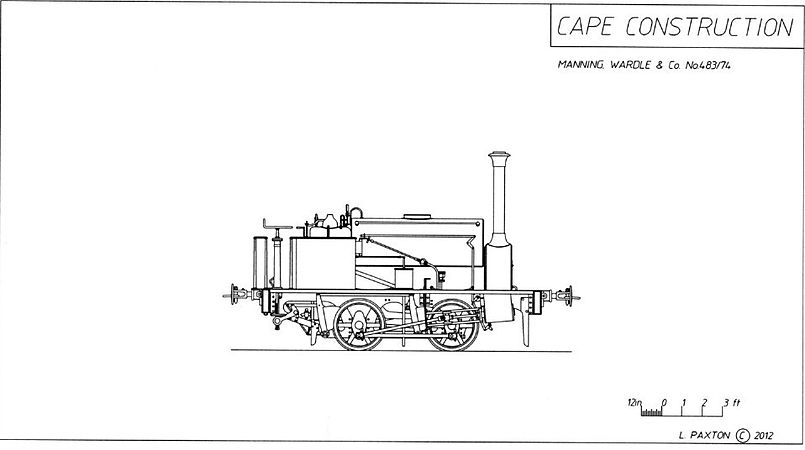| CGR 0-4-0ST 1874 | |||||||||||||||||||||||||||||||||
|---|---|---|---|---|---|---|---|---|---|---|---|---|---|---|---|---|---|---|---|---|---|---|---|---|---|---|---|---|---|---|---|---|---|
 CGR 0-4-0ST of 1874, no. M14 | |||||||||||||||||||||||||||||||||
| |||||||||||||||||||||||||||||||||
| |||||||||||||||||||||||||||||||||
| |||||||||||||||||||||||||||||||||
The Cape Government Railways 0-4-0ST of 1874 was a South African steam locomotive from the pre-Union era in the Cape of Good Hope.
Contents
In 1874, a single Cape gauge 0-4-0 ST locomotive was placed in service by the contractors to the Port Elizabeth and Uitenhage Railway Company for the construction of railway lines into the interior. When construction work was completed, the locomotive was taken onto the roster of the Midland System of the Cape Government Railways. [1] [2]
